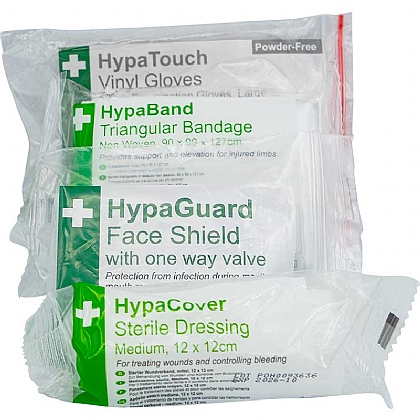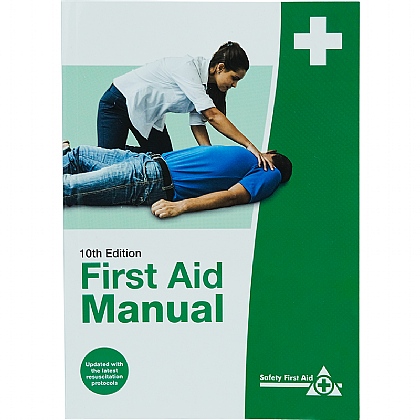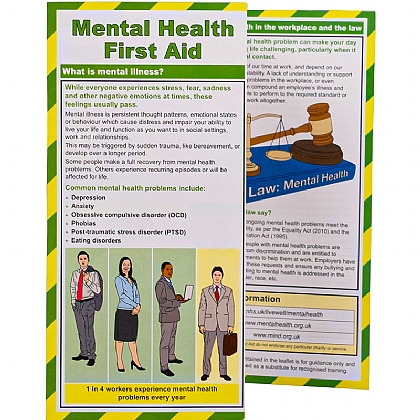
You can never predict when you or someone around you will have an accident — knowledge of basic first aid helps you prevent a minor injury from becoming something more serious. You may even be the difference between a life saved or lost in a medical emergency.
Anyone can be a first aider, and taking a first aid course is highly recommended to increase your safety and the safety of those around you. Your workplace may even require a first aider based on its needs assessment.
First aid courses are available from many providers — ensure that your chosen first aid training provider meets the guidance set by the HSE.
What kinds of training do I need to do?
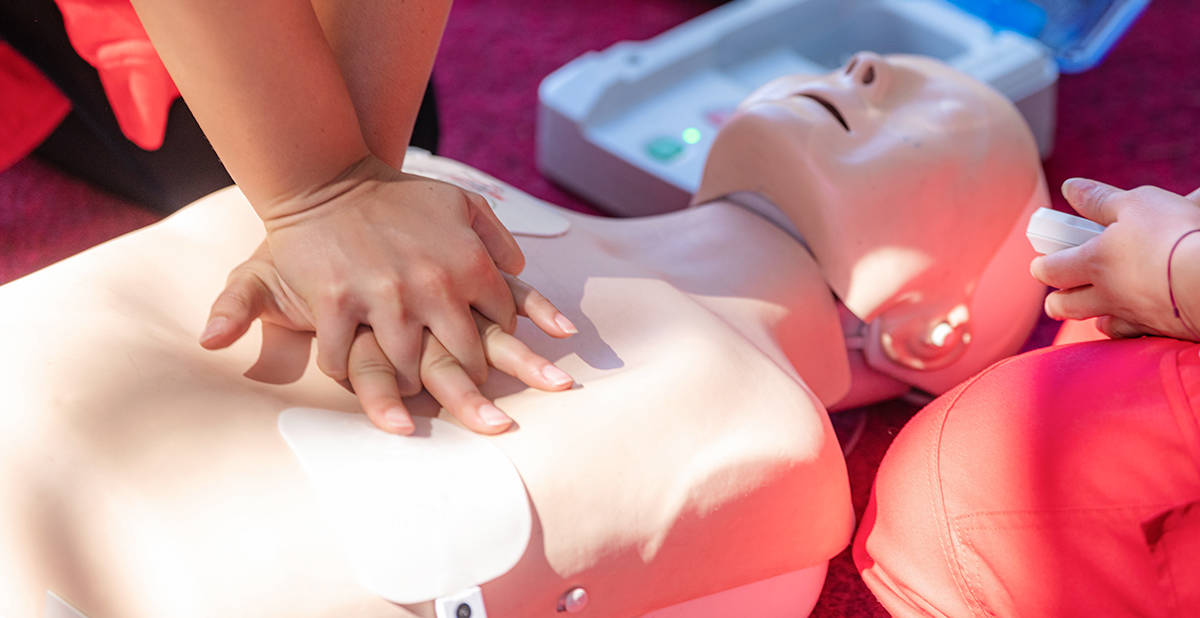
With so many first aid or general health and safety courses available, you might be wondering what kind of course you need to take. The first aid requirements your workplace should meet will depend on your needs assessment.
 When assessing your first aid needs, you will need to consider:
When assessing your first aid needs, you will need to consider:
- The nature of your work
- Any risks or hazards in your workplace
- The size of your workforce
- Holiday or other absences of appointed persons and first-aiders
- Your workplace’s history of accidents
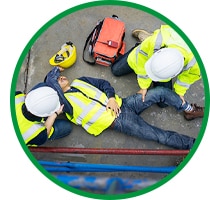 Additional factors you may need to consider are:
Additional factors you may need to consider are:
- The needs of remote or travelling workers
- The distance of your sites from emergency medical services
- Possible need for first aid provision to non-employees
The HSE has published guidance to help you to complete your needs assessment accurately.
Levels of first aid training
There are two main types of first aid training for the workplace. They are:- Emergency First Aid at Work — A one-day course ideal for cases where a risk assessment does not identify the need for a first aider but requires that a person be appointed to take charge of first aid arrangements.
- First Aid at Work — A three-day in-depth course that fully qualifies participants to provide first aid at work or elsewhere.
The three-day First Aid at Work course qualifies you to provide first aid to larger workplaces or those with higher risk. This longer course is more thorough and provides with you with more in-depth knowledge and practical skills. It covers many minor and major injuries and illnesses, including spinal injuries, fainting, chest pains, heart attack, stroke and other medical emergencies that may occur at work or elsewhere.
How often do I need to train to perform first aid?

Most first aiders will need to do a First Aid Requalification Course once every three years. This course refreshes the skills you learned in your First Aid at Work course, updates you with any changes to first aid techniques, and requalifies you as a first aider for the following three years.
It’s important to note in your calendar when your certificate expires; there is a 28-day grace period after the expiry of your First Aid qualification certificate in which you are still eligible to take most first aid requalification courses, but some course providers have more strict guidelines.
Do I have to wait three years before I can refresh my first aid skills?
Three years is a long time! Most people’s first aid skills will fade over the lifetime of their qualification certificate. This is why the HSE recommends that first aiders refresh the knowledge they gained while earning their certificate with an Annual Refresher Course to keep their skills sharp.First Aid Training Resources
First aid saves lives — everyone becomes safer when basic first aid knowledge is more widespread. In addition to the appropriate number of trained first aiders, you should consider additional resources for your workplace or home.The HSE provides basic advice on first aid at work, and more in-depth first aid manuals are available to ensure as many people in the workplace as possible are comfortable with common first aid principles. Keep in mind that these resources are not a substitute for proper first aid training – they simply act as a supplement to increase workplace safety.
Curious about other kinds of first aid training? Read our blog on Mental Health First Aid to learn more about that training program.
Read our other blogs for more information on first aid, or contact us for further advice and information on our products.
About the author:
Jo Stokes is a writer, marketer and trained first aider at First Aid Online.
Find out more about Jo.
By Jo Stokes


